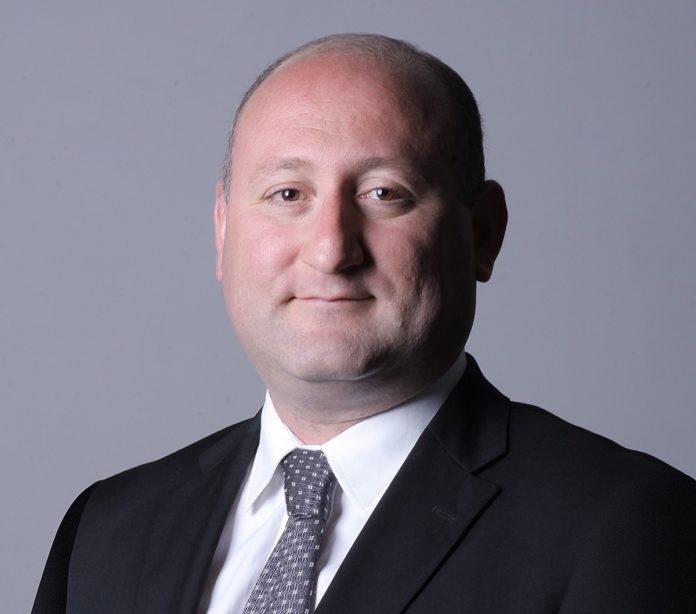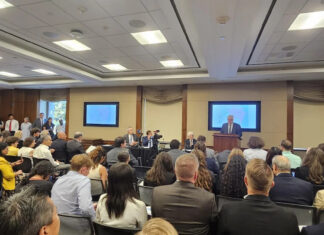On September 19, Azerbaijan launched its gruesome attack against the civil population of Artsakh following a nine-month total blockade, committing atrocities resulting in the ethnic cleansing of the Armenian population. This was covered in the US media. Below we have singled out what kind of issues were discussed and the manner in which they were presented.
‘Separatists’ instead of ‘Armenians or Karabakh Armenians’
The first and foremost problem that one can encounter when reading several articles in such American media outlets as the Associated Press, Wall Street Journal, Fox News and NPR covering the issue of the Nagorno-Karabakh (NK) conflict is the use of the term “separatists” instead of “the local Armenian population” or “NK Armenians,” and “separatist government” instead of “the unrecognized NK government.” The shift in the discourse can indicate two things: either some circles in the United States are trying to delegitimize the Armenian entity that existed in the territory of Nagorno-Karabakh or that Azerbaijan is paying huge sums of money to do that job.
US Assistance to Armenia and the Visit of Samantha Power
The American media portrayed the US official response to the situation in Artsakh. The response came in two directions: one in the form of financial assistance provided to Armenia, specifically the $11.5 million in humanitarian aid announced by the Biden administration, and the second was in the form of a statement calling for respect of the “sovereignty, independence, territorial integrity, and democracy” of Armenia. That statement was made by Samantha Power, the administrator of the U.S. Agency for International Development (USAID) during her visit to Armenia and Azerbaijan days after thousands of Armenians were forcibly displaced from NK. This visit of Samantha Power and the announcement of US assistance to Armenia was covered in a number of US media outlets.
Deteriorating Relations between Armenia and Russia








